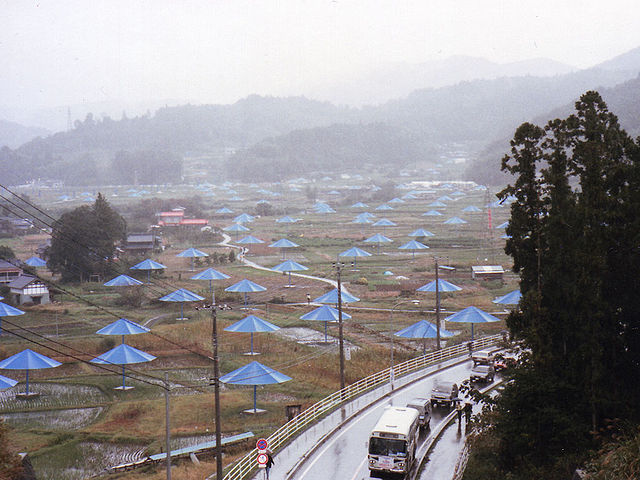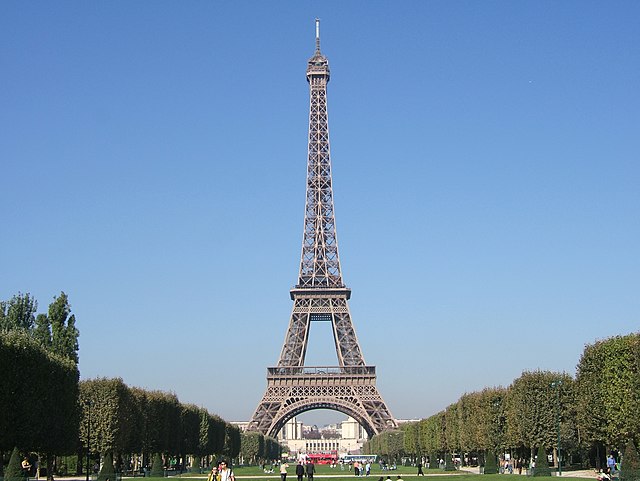Ervin Hervé-Lóránth, often known mononymously as Hervé, is a Hungarian visual artist and creator of several Hungarian and international art exhibitions. He currently serves as a cultural attaché of Hungary. He is also a cultural anthropologist, and an interior architect. The sculptures have been referred to as temporary art, but Hervé-Lóránth refers to his outdoor sculptures as "public surprises".
Riese (What's Up), installed in Berlin in 2015
Hervé-Lóránth's 2015 sculpture modelled after The Falling Soldier. The sculpture was criticized and later destroyed.
Ephemeral art is the name given to all artistic expression conceived under a concept of transience in time, of non-permanence as a material and conservable work of art. Because of its perishable and transitory nature, ephemeral art does not leave a lasting work, or if it does – as would be the case with fashion – it is no longer representative of the moment in which it was created. In these expressions, the criterion of social taste is decisive, which is what sets the trends, for which the work of the media is essential, as well as that of art criticism.
Néle Azevedo's Melting human figures in Chamberlain Square, Birmingham, UK (2014) are an example of temporary art
Release of 1001 blue balloons, Yves Klein's "aerostatic sculpture". Reconstruction carried out in 2007 on Place Georges-Pompidou in Paris, in celebration of the fiftieth anniversary of Klein's 1957 event.
The Umbrella Project (1991), art installation by Christo, Ibaraki, Japan
The Eiffel Tower, designed by Alexandre Gustave Eiffel for the Paris Universal Exhibition of 1889. Although it was built with the intention of being perishable, due to its success it was decided to keep it, becoming a symbol of the French capital.






